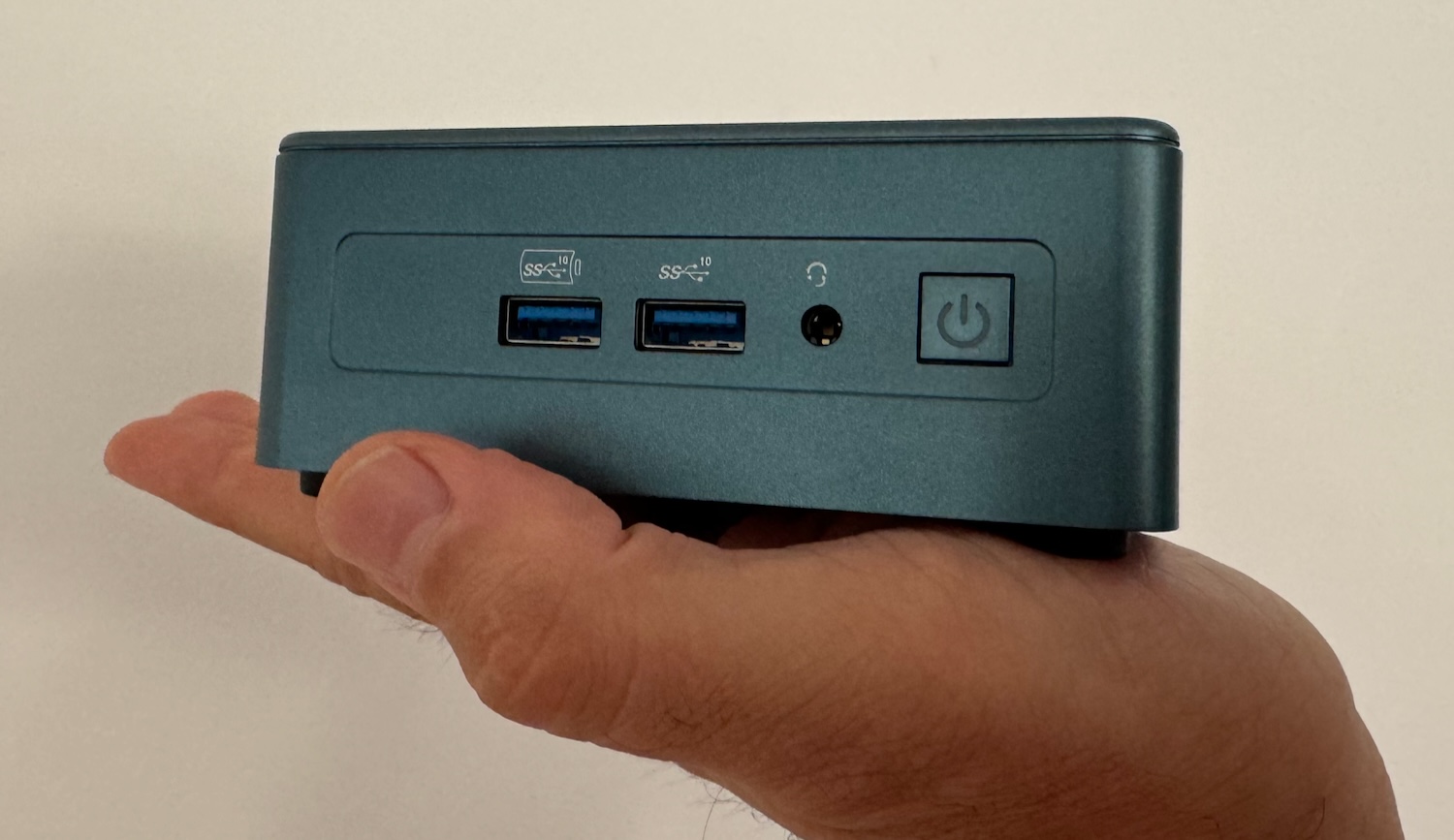Facepalm: The Rabbit R1, the AI-powered digital assistant device that attracted massive levels of hype during CES earlier this year, is here. Like the Humane AI Pin, it has been met with reviews that range from okay to downright bad. Many people question why the device isn’t just an app, and one person has shown that, it could have been – though its developers dispute this.
The Rabbit R1 uses what its maker calls a large action model (LAM) to learn how to perform and complete app-based tasks on behalf of its user. A personal assistant, basically, but a lot more advanced. The device’s CES appearance proved so popular that 10,000 units were sold in pre-orders.
While the Rabbit R1 does sound a lot like the Humane Ai Pin, it’s priced at $199, whereas the much-derided wearable Pin is $700 plus a $24 per month subscription.
Tech YouTuber Marques Brownlee, whose scathing review of the Humane AI Pin led to complaints that he was destroying a company, says the Rabbit R1 is a better product, though that’s a low bar for comparison. The Rabbit can connect to only four apps right now, and it doesn’t always work with them; the battery life is bad, and there are missing features.
Echoing other reviewers, Brownlee complains that the Rabbit R1 feels unfinished and not ready for wide release – he labeled it “barely reviewable.” It’s a trend we’re seeing constantly in the tech and gaming industry these days, especially in AI products.
Tom’s Guide is even harsher on the Rabbit R1, awarding it 1.5 stars and advising people to avoid the gadget. Digital Trends calls it a “mess,” Mashable says there is something “iffy” about it, and The Shortcut advises not to buy the Rabbit R1 just yet.
As with the Humane AI Pin, many reviewers are questioning the Rabbit R1’s reason for existing, especially as it feels like everything it does, or aims to do, could be achieved using a smartphone app. Android Authority‘s Mishaal Rahman pretty much proved this by downloading the Rabbit’s launcher APK onto a Google Pixel 6A. The volume key doubled as the Rabbit’s hardware key, and Rahman was able to set up a “rabbithole” account to start talking to the AI assistant, though he notes not all of its functionality is likely replicated.
“The Rabbit R1’s launcher app is intended to be preinstalled in the firmware and be granted several privileged, system-level permissions – only some of which we were able to grant – so some of the functions would likely fail if we tried,” Rahman writes.
Rabbit CEO Jesse Lyu responded by arguing that the Rabbit R1’s interface is not an app. “rabbit OS and LAM run on the cloud with very bespoke AOSP and lower level firmware modifications, therefore a local bootleg APK without the proper OS and Cloud endpoints won’t be able to access our service rabbit OS is customized for r1 and we do not support third-party clients,” Lyu said, adding that using a bootlegged APK or webclient carries significant risks.








